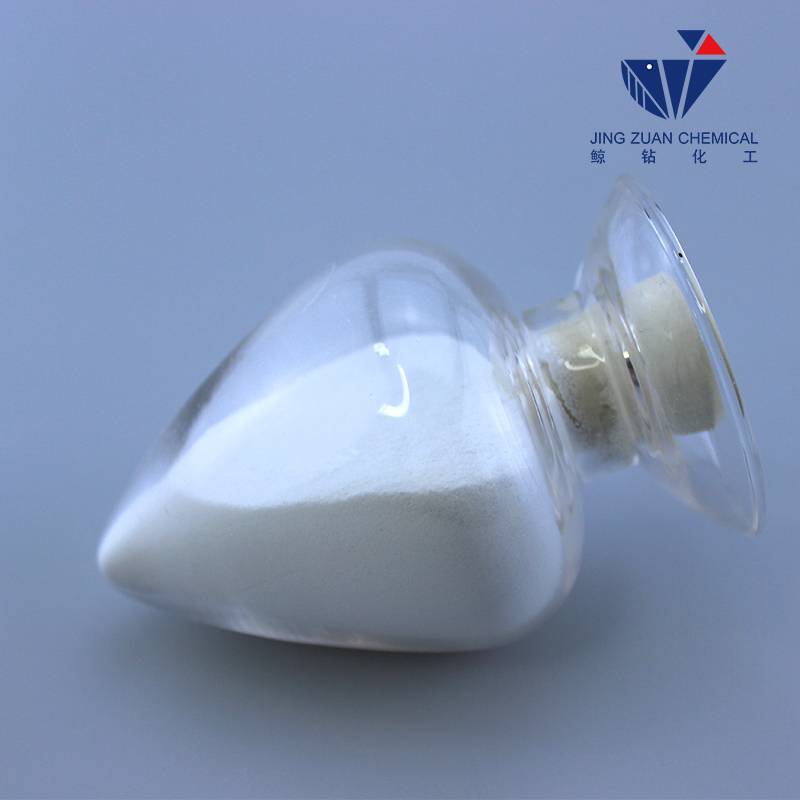
Dec . 15, 2024 17:31 Back to list
Exploring the Applications and Properties of Hydroxypropyl Methyl Cellulose in Various Industries
Understanding HPMC Hydroxypropyl Methyl Cellulose
Hydroxypropyl Methyl Cellulose (HPMC), a non-ionic cellulose ether, is a versatile substance with a multitude of applications across various industries. Derived from natural cellulose, HPMC is synthesized through the treatment of cellulose with a mixture of alkaline solutions and etherifying agents, resulting in a white to off-white powder that is widely used in pharmaceuticals, food products, and construction materials.
Properties of HPMC
HPMC possesses several unique properties that make it particularly valuable. Firstly, it is soluble in both cold and hot water, which expands its usability in different formulations. This solubility is crucial in applications where uniform dispersion is necessary, such as in coatings, adhesives, and pharmaceuticals. Unlike some synthetic polymers, HPMC does not gel at low temperatures, which makes it suitable for various temperature-sensitive applications.
Additionally, HPMC exhibits excellent film-forming capabilities, which is beneficial in applications ranging from food coatings to pharmaceutical capsules. Its ability to form a strong, flexible film contributes to the stability and effectiveness of products. Moreover, HPMC is known for its viscosity-enhancing properties; by modifying the concentration of HPMC in a solution, manufacturers can control the thickness and texture of products, which is particularly important in the formulation of food and cosmetics.
Applications in Pharmaceuticals
In the pharmaceutical industry, HPMC is often utilized as a binder, thickening agent, and controlled-release agent in drug formulations. As a binder, it improves the compressibility of tablet formulations, ensuring that tablets maintain their structural integrity during production and handling. HPMC is also favored for its biocompatibility and low toxicity, making it an ideal choice for drug delivery systems.
One of the most significant functions of HPMC in pharmaceuticals is its role in controlled-release formulations. By forming a gel-like structure upon contact with bodily fluids, HPMC can modulate the release of active ingredients over extended periods. This property is particularly advantageous in developing sustained-release tablets, allowing for improved patient compliance and therapeutic efficacy.
hpmc hydroxypropyl methyl cellulose

Food Applications
In the food industry, HPMC is utilized as a food additive and stabilizer. It is commonly found in gluten-free products, where it helps enhance texture and moisture retention. By providing a desirable consistency, HPMC contributes to the overall sensory experience of food products.
Moreover, HPMC is used in sauces, dressings, and other emulsified products to improve viscosity and prevent separation. In bakery items, it can help retain moisture, extending the shelf life of products while maintaining freshness. Additionally, due to its binding properties, HPMC is valuable in meat and dairy products as it helps improve texture and mouthfeel.
Construction and Other Uses
Beyond its applications in food and pharmaceuticals, HPMC is also employed in the construction industry. It is commonly added to cement-based products, such as tile adhesives and joint compounds, to enhance their workability and open time. The addition of HPMC allows these products to remain workable for extended periods, which is critical in construction applications where precision is required.
In addition to these primary applications, HPMC is used in cosmetics and personal care products. It serves as a thickening agent in creams and lotions, providing a smooth and appealing texture while enhancing the stability of the formulation.
Conclusion
Hydroxypropyl Methyl Cellulose (HPMC) is an essential compound that plays a crucial role in various industries, from pharmaceuticals to food and construction. Its unique properties, including solubility, film formation, and viscosity enhancement, make it an ideal choice for numerous applications. As industries continue to evolve and seek innovative solutions, the demand for HPMC is likely to grow, solidifying its position as a valuable material in both existing and emerging markets.
-
Versatile Hpmc Uses in Different Industries
NewsJun.19,2025
-
Redispersible Powder's Role in Enhancing Durability of Construction Products
NewsJun.19,2025
-
Hydroxyethyl Cellulose Applications Driving Green Industrial Processes
NewsJun.19,2025
-
Exploring Different Redispersible Polymer Powder
NewsJun.19,2025
-
Choosing the Right Mortar Bonding Agent
NewsJun.19,2025
-
Applications and Significance of China Hpmc in Modern Industries
NewsJun.19,2025







